Staying Safe from Flash Flooding in Utah State Parks
May 11, 2023
Utah’s state parks offer visitors a chance to explore the natural beauty of the state, from its iconic red rock formations to pristine lakes and rivers. However, with this beauty comes the potential danger of flash flooding; especially in rainy seasons. Flash floods can occur suddenly and without warning, and can pose a serious risk to hikers, campers, and other visitors. Let’s explore what flash flooding is, why it occurs, and how you can stay safe if you find yourself in this scary situation.
What is Flash Flooding?
Flash flooding is a sudden and violent flood that occurs within a few hours, or even minutes, of heavy rainfall. These floods are characterized by their rapid onset, fast-moving water, and destructive force. Flash floods can occur in any location, but they are particularly common in areas with steep terrain, narrow canyons, or dry stream beds. Some state parks that have seen flash flooding in recent years include Snow Canyon State Park, Goblin Valley State Park, Utahraptor State Park, and Gunlock State Park — along with their surrounding areas.
Why Does Flash Flooding Occur?
Flash flooding occurs when there is too much rainfall for the ground to absorb. This can happen for a variety of reasons, including:
- Heavy rainfall: When there is an intense downpour of rain, the ground can quickly become saturated, and the excess water can flow downhill, causing flash flooding.
- Thunderstorms: Thunderstorms often produce intense bursts of rainfall that can overwhelm the natural drainage systems of an area.
- Dam or levee failure: If a dam or levee fails, the sudden release of water can cause a flash flood downstream.
- Human activity: Human activity such as construction, deforestation, or urbanization can disrupt the natural drainage systems of an area, making flash flooding more likely.
Signs of Potential Flash Floods
Always be aware of your surroundings and take action if necessary. Seek higher ground as quickly as possible. Do not wait until the water reaches you, as flash floods can happen quickly and without warning. If you notice any of the following warning signs, take action immediately:
- Changes in water levels or speed: If you notice the water rising quickly or becoming faster, it may be a sign of an impending flash flood.
- Changes in water color: If the water changes from clear to murky or muddy, it could indicate that sediment and debris are being carried downstream by the water.
- Debris in the water: If you start to see more debris in the water than usual, it could mean that the water is rising quickly and carrying debris downstream.
- Rushing water or loud noises: If you hear rushing water or loud noises, it may be a sign that a flash flood is approaching.
- Rain or storm clouds: If it starts to rain near you or you see a build-up of storm clouds, be aware that flash flooding may occur.
Staying Safe
Flash flooding is a serious danger, but there are steps you can take to protect yourself and your family while visiting Utah State Parks:
- Stay informed: Check the weather forecast and flash flood alerts before you head out the door. Storms that cause flash flooding can occur miles away from a slot canyon, so check the forecast for the surrounding areas as well. The National Weather Service will issue flash flood alerts that can be found here or by downloading the NWS Mobile Weather app to your smartphone.
- Plan ahead: If you are planning a hike or camping trip, make sure to research the area beforehand and be aware of any potential flash flooding hazards. Check Current Conditions before heading to the park.
- Set Weather Alerts: If you own a smartphone, there’s a good chance that it has a built-in feature to automatically receive and display Wireless Emergency Alerts from the National Weather Service. These alerts can warn you about flash flooding and other hazards happening in your vicinity. It’s important to keep this feature enabled on your phone, as you won’t be charged to receive these potentially life-saving notifications.
- Tell someone: It’s always a good practice to let someone know where you’re going and when you plan to return. Whether it’s a friend, co-worker, or family member, sharing this information can be vital in case of an emergency. If something unexpected happens, search and rescue teams have a better chance of locating you.
- Avoid slot canyons and dry stream beds: These areas are particularly prone to flash flooding. If you plan to enter one of these areas, always research the slot canyon ahead of time so you are aware of potential trouble spots. Pay close attention to your surroundings during the hike—look for rock ledges, strong tree limbs, and exit points in case you need to make a quick escape. If a flash flood occurs, it can take many hours for flood waters to recede.
- Move to higher ground: If you are caught in a flash flood, move to higher ground immediately. Do not try to “outrun” the flood, and do not attempt to cross flooded roads or streams, as the water may be deeper and moving faster than it appears. Just 6 inches of water can knock you off your feet and sweep you downstream.
- Stay alert: Flash floods can occur quickly and without warning, so it is important to stay alert and be prepared to move to higher ground at any time. Be especially cautious at night when it is more difficult to identify flood dangers.
- Keep pets leashed: When visiting outdoor areas prone to flash flooding, always keep your pets leashed or in a harness. Flash floods can occur suddenly, and unleashed pets may become disoriented or swept away by fast-moving waters, putting their lives at risk. By keeping them leashed, you can ensure their safety and prevent them from getting separated from you during an emergency.
- Follow park regulations: Utah State Parks may close certain areas during periods of high water or other hazardous conditions. It is important to follow all park regulations and signs to stay safe.
Flash flooding is a serious and dangerous natural phenomenon. However, there are steps you can take to minimize your risk of harm. Staying informed, planning ahead, and following basic safety guidelines are essential. By exercising caution, you can enjoy all the natural beauty that Utah State Parks have to offer while staying safe from flash floods.
National Weather Service Flash Flood Messaging Terminology:
- FLASH FLOOD WATCH or FLOOD WATCH: Flash flooding or flooding is possible within the designated watch area — be alert.
- FLASH FLOOD WARNING or FLOOD WARNING: Flash flooding or flooding has been reported or is imminent — take necessary precautions at once! Get to higher ground!
- URBAN and SMALL STREAM ADVISORY: Flooding of small streams and low-lying areas is occurring.
- FLASH FLOOD STATEMENT or FLOOD STATEMENT: Follow-up information regarding a flash flood/flood event.
Helpful Resources:
Park Conditions (Utah State Parks)
Flash Flood Information (National Weather Service)
Wireless Emergency Alerts (National Weather Service)
NWS Mobile Weather App (National Weather Service)
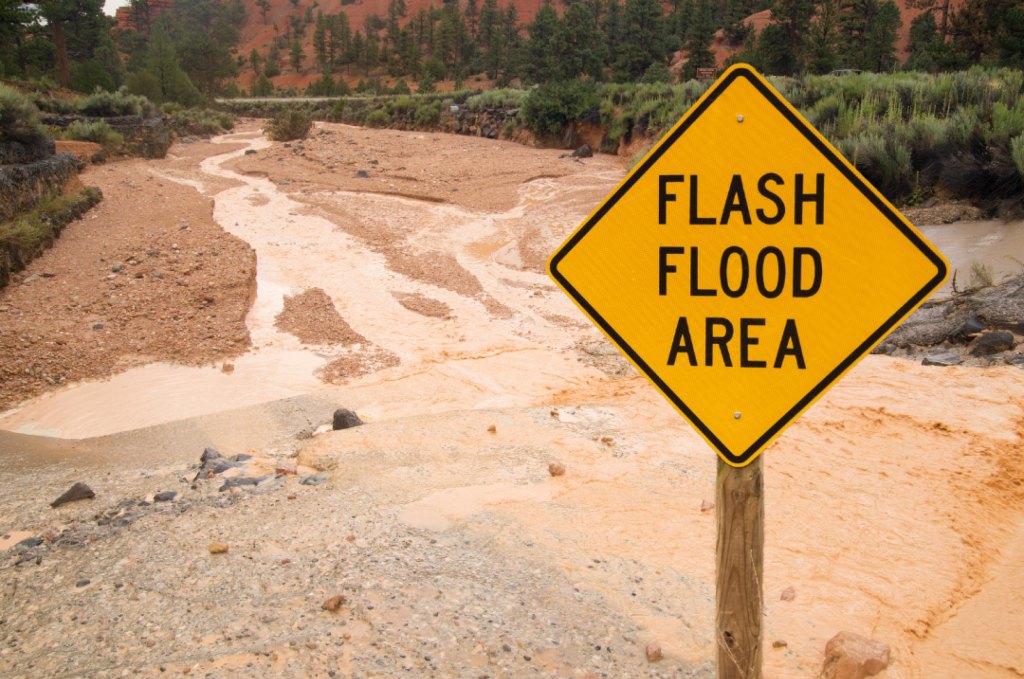
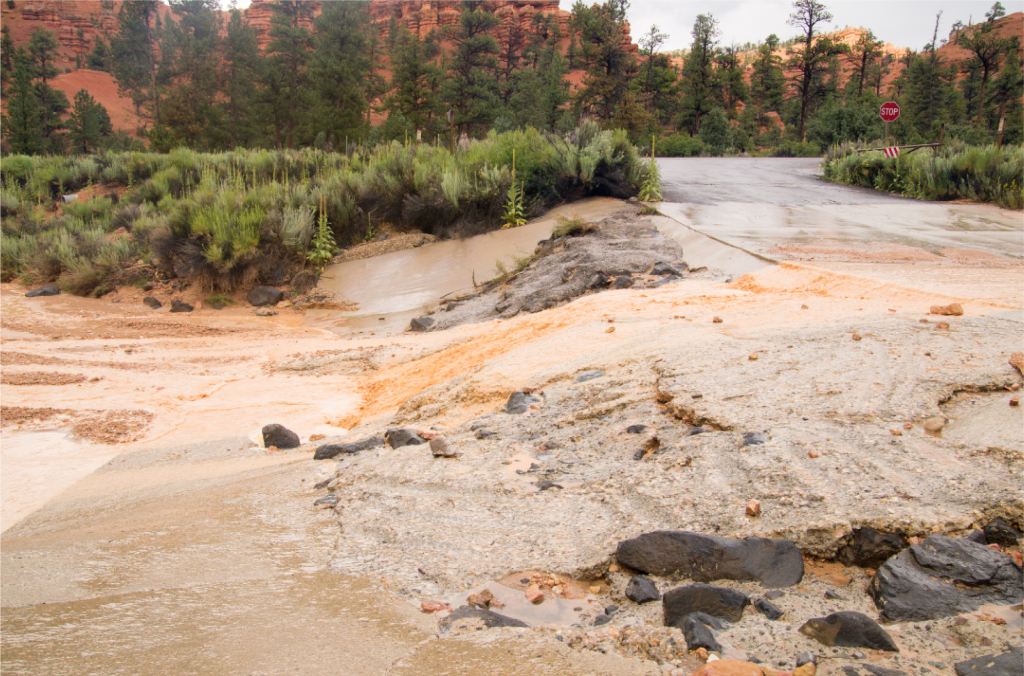
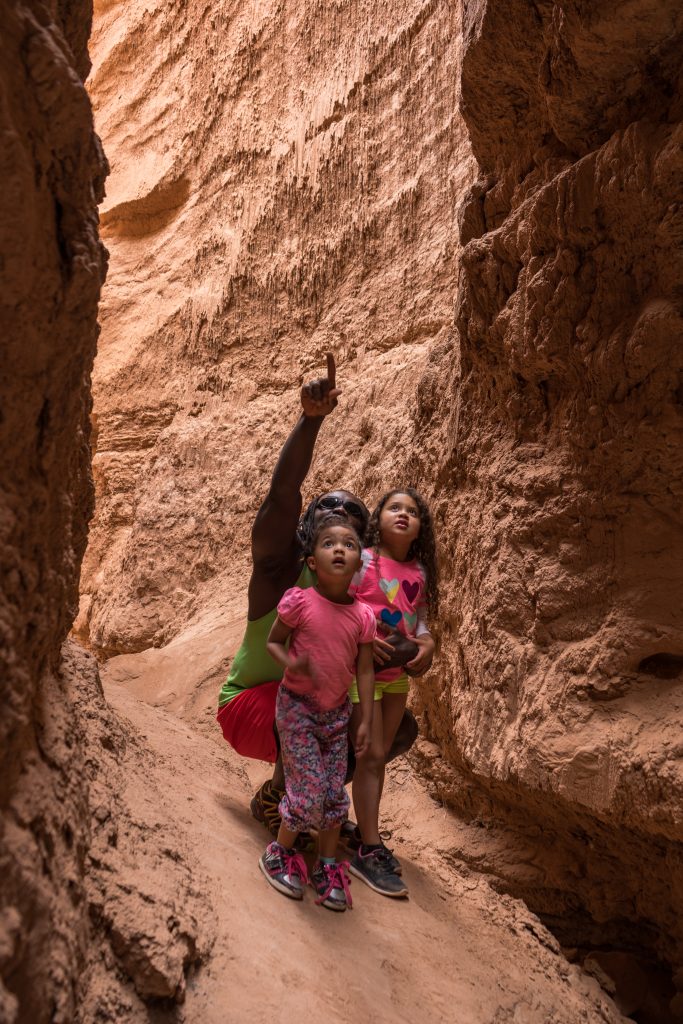
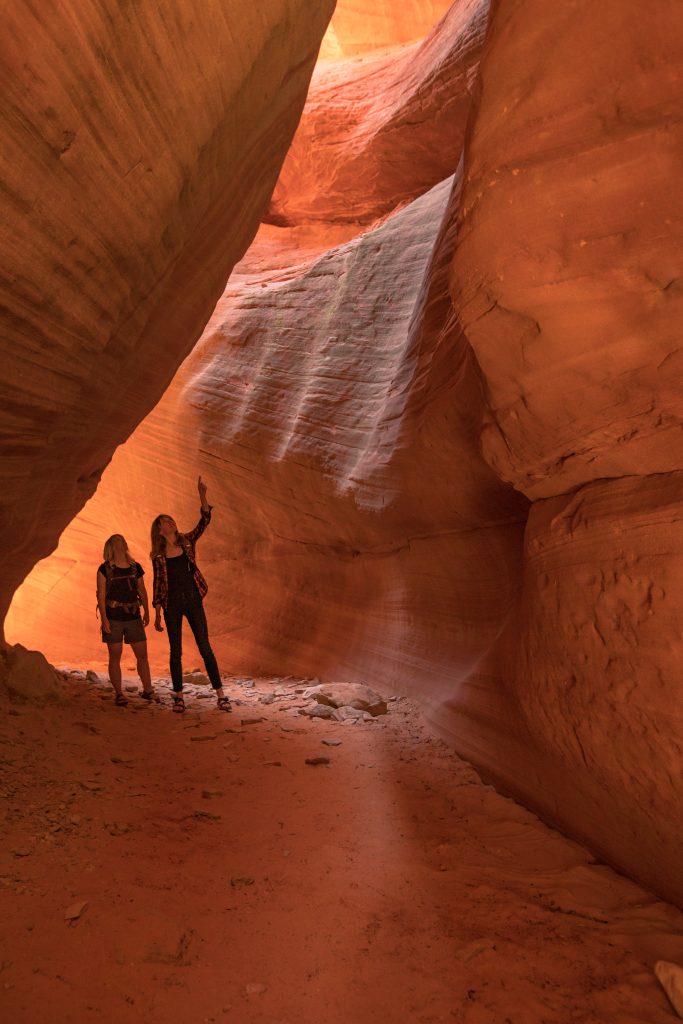
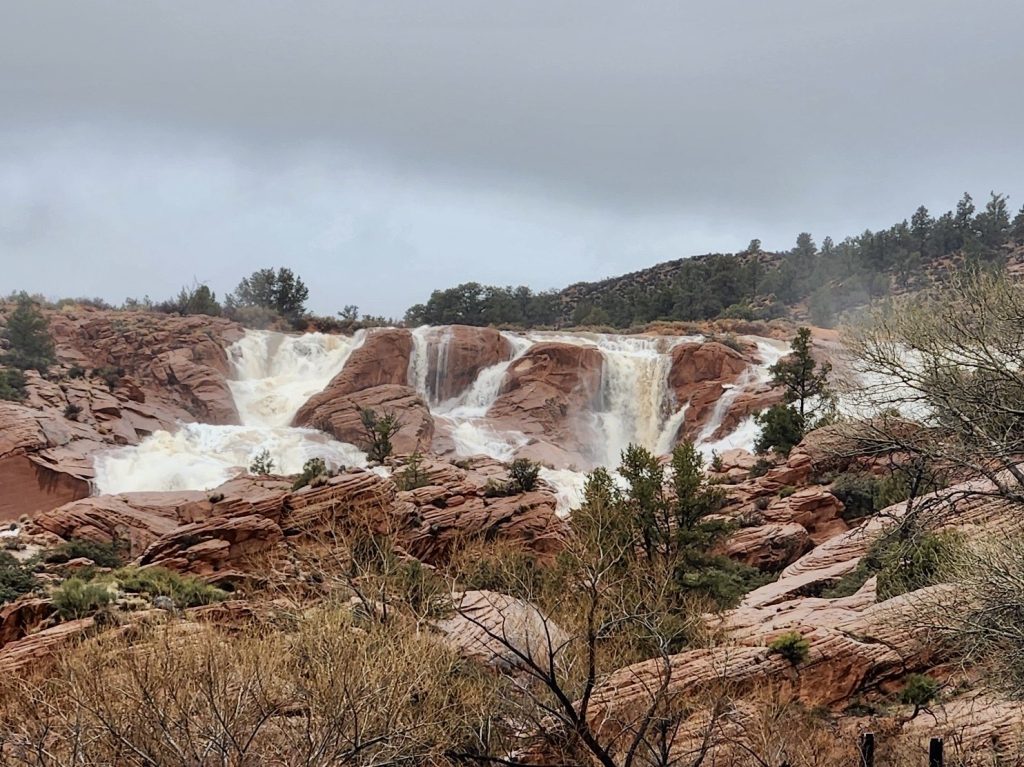
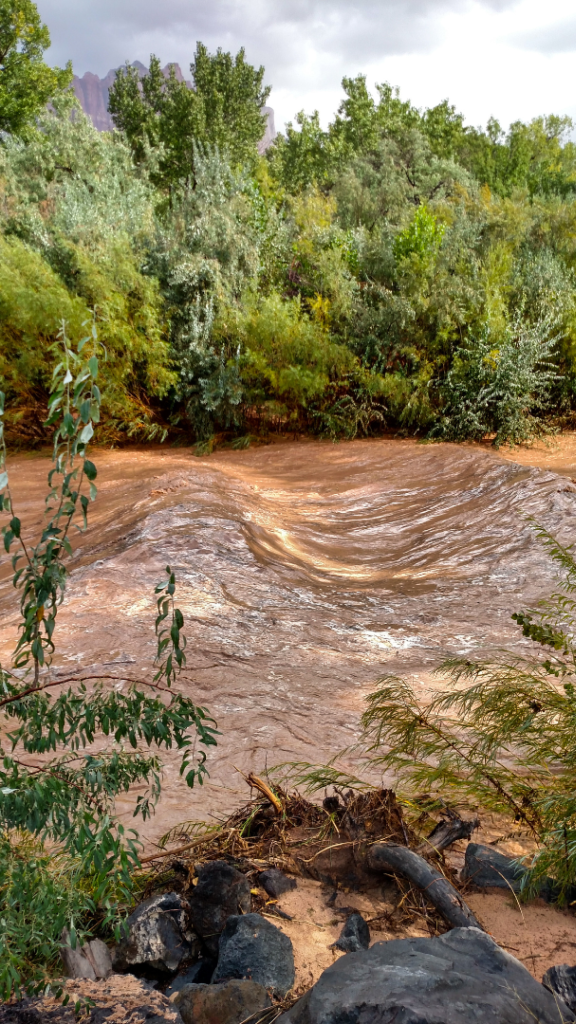
If you found this blog entry interesting, please consider sharing it through your social network.